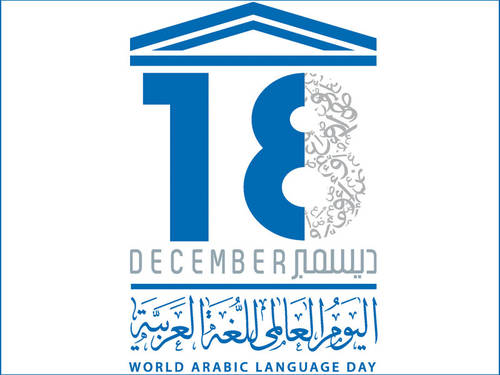
National
Seminar
on
the
Dynamics
of
Interaction
between
Arabic and Indian Regional Languages
الندوة الوطنية حول ملامح التفاعل بين اللغة العربية واللغات الهندية الإقليمية
& Release of مجلة العاصمة : Annual Research Journal (Volume 4)
On 18 December, 2012
At Seminar Hall, University College, Thiruvananthapuram
Sponsored By
Directorate of Collegiate Education, Govt. of Kerala
Organized by
Department of Arabic, University College, Thiruvananthapuram
Photos
Foreword
Arabic is the language of 22 nations in the world and is one of the 6 official languages of the UNO. It is one of the most widespread languages spoken by more than 422 million people, most of who live in the Middle East and North Africa. Arabic became a UN official working language on 18 December 1973 by virtue of a United Nations General Assembly resolution. In an effort to support and strengthen linguistic and cultural diversity, on 19 February 2010 the United Nations Department of Public Information announced the decision to celebrate an international day for each of the six official languages of the UN. Arabic Language Day is observed on 18 December, the date on which the UN General Assembly designated Arabic as the sixth official language of the United Nations. The initiative seeks to celebrate multilingualism and cultural diversity as well as to create an occasion to raise awareness about the cultural and social treasure of the Arabic language and gives an opportunity to discover more about the language and its contribution to human civilization.
Arabic is a Central Semitic language, thus related to and classified alongside other Semitic languages such as Hebrew and the Neo-Aramaic languages. Arabic has more speakers than any other language in the Semitic language family. Arabic has more than 500 different, geographically distributed spoken varieties. Modern Standard Arabic is widely taught in schools, universities, and used in workplaces, government and the media. Arabic is becoming an important language when it comes to operating an international business that’s trying to break into foreign markets. Learning Arabic opens up many employment possibilities in a number of different industries such as oil, travel, finance, and translation to name a few.
The present National Seminar on the Dynamics of Interaction between Arabic & Indian Regional Languages aims at analyzing and describing the various dimensions of interaction between Arabic and Indian Languages. The fourth volume of “Majalla al-Aasima”, the annual research journal (ISSN 840-2277-9914) published by the Department of Arabic, University College, will also be released in this programme.
PROGRAMME
Inaugural Section [ 10.00 AM – 11.00 AM]
Chair : Dr. E. Abdul Latheef (Department of Arabic)
Welcome : Dr. K. Mohammed Ali Askar (Department of Arabic)
Inauguration & Journal Release
: Dr. K. Rajoo Krishnan
(Officer on Special Duty, Dir. of Collegiate Education, Govt. of Kerala)
Felicitations : 1. Prof. Sumam (Vice Principal, University College)
2. Dr. M. Sainudeen (Principal, Govt. College, Attingal)
3. Dr. P. Moh. Kunju (President, University College Arabic Society)
Academic Section I [ 11.00 AM – 01.00 PM]
Key Note Address
Arabic Language and Its Contribution to Humanity
· Dr. N. Illyas Kutty, Former HOD, Department of Arabic, University College, Thiruvananthapuram
Theme Presentations
1. Arabi-Malayalam: History & Literature
· Sri. P. K. Vanimel, AMUPS, Kayakkodi, Calicut
2. Arabi-Urdu: Influence of Arabic in Urdu Language
· Sri. K. P. Shamsudeen AMHSS, Tirurkad, Malappuram
3. Arabi-Tamil Relations from Sangham Period to 20th Century AD
· Dr. Meeran Pillai, Former HOD, Department of Tamil, University College
Academic Section II [ 02.00 PM – 03.30 PM]